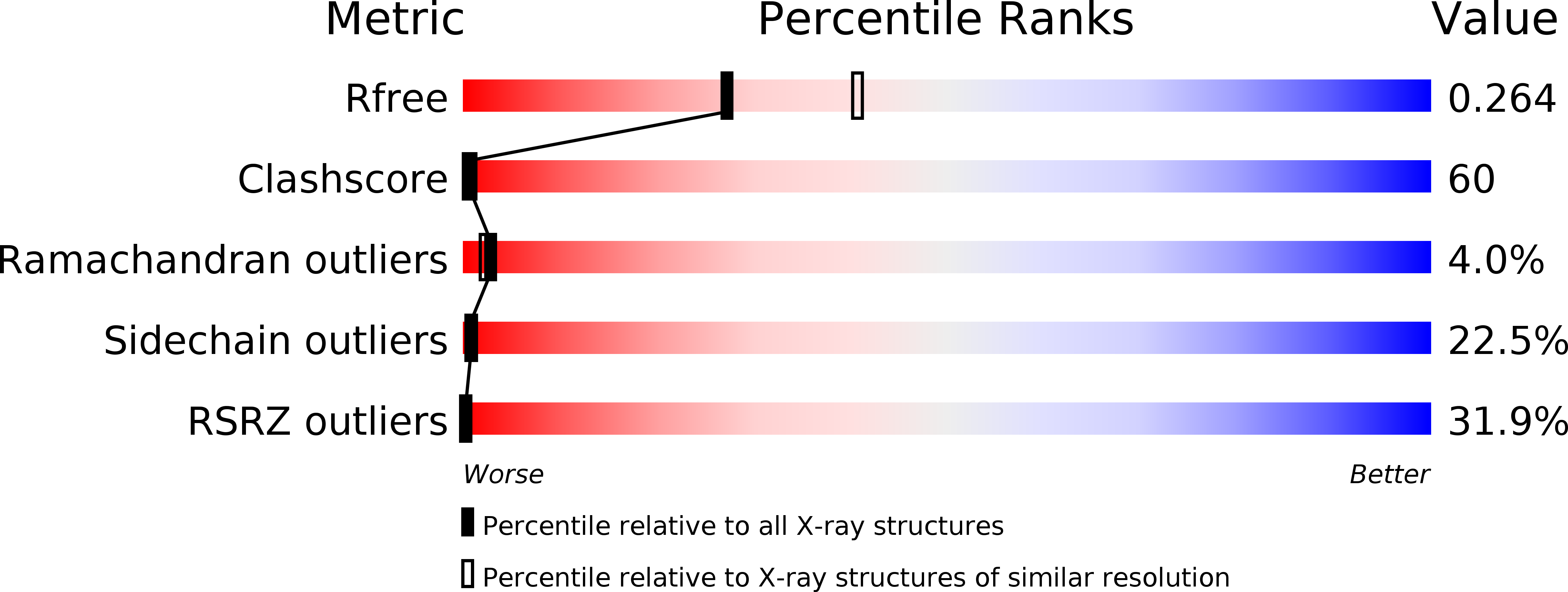
Deposition Date
2005-07-02
Release Date
2005-09-20
Last Version Date
2023-08-23
Entry Detail
PDB ID:
2A6H
Keywords:
Title:
Crystal structure of the T. thermophilus RNA polymerase holoenzyme in complex with antibiotic sterptolydigin
Biological Source:
Source Organism:
Thermus thermophilus (Taxon ID: 274)
Method Details:
Experimental Method:
Resolution:
2.40 Å
R-Value Free:
0.26
R-Value Work:
0.23
R-Value Observed:
0.23
Space Group:
P 32


